San Diego is an area that is honeycombed with many wilderness islands - from Mission Trails Regional Park, to the Cleveland National Forest, to the Black Mountain Open Space Preserve, along with many other city, state, and federal wilderness areas. The ecological diversity present in these parks provides wildlife with corridors from the desert and mountain regions to the coast, and from the coast back to the foothills and beyond. It also provides local hikers and visiting outdoorspeople with a diverse set of areas to experience and explore. To me, the crown jewel of these wilderness islands is Torrey Pines State Reserve, which is located along the coast in the North County portion of San Diego. I may be biased, because I used to work there, but let’s also be honest: there are few parks that have stunning eroded sandstone cliffs, great flora and fauna, and amazing beaches in North America, let alone the world.
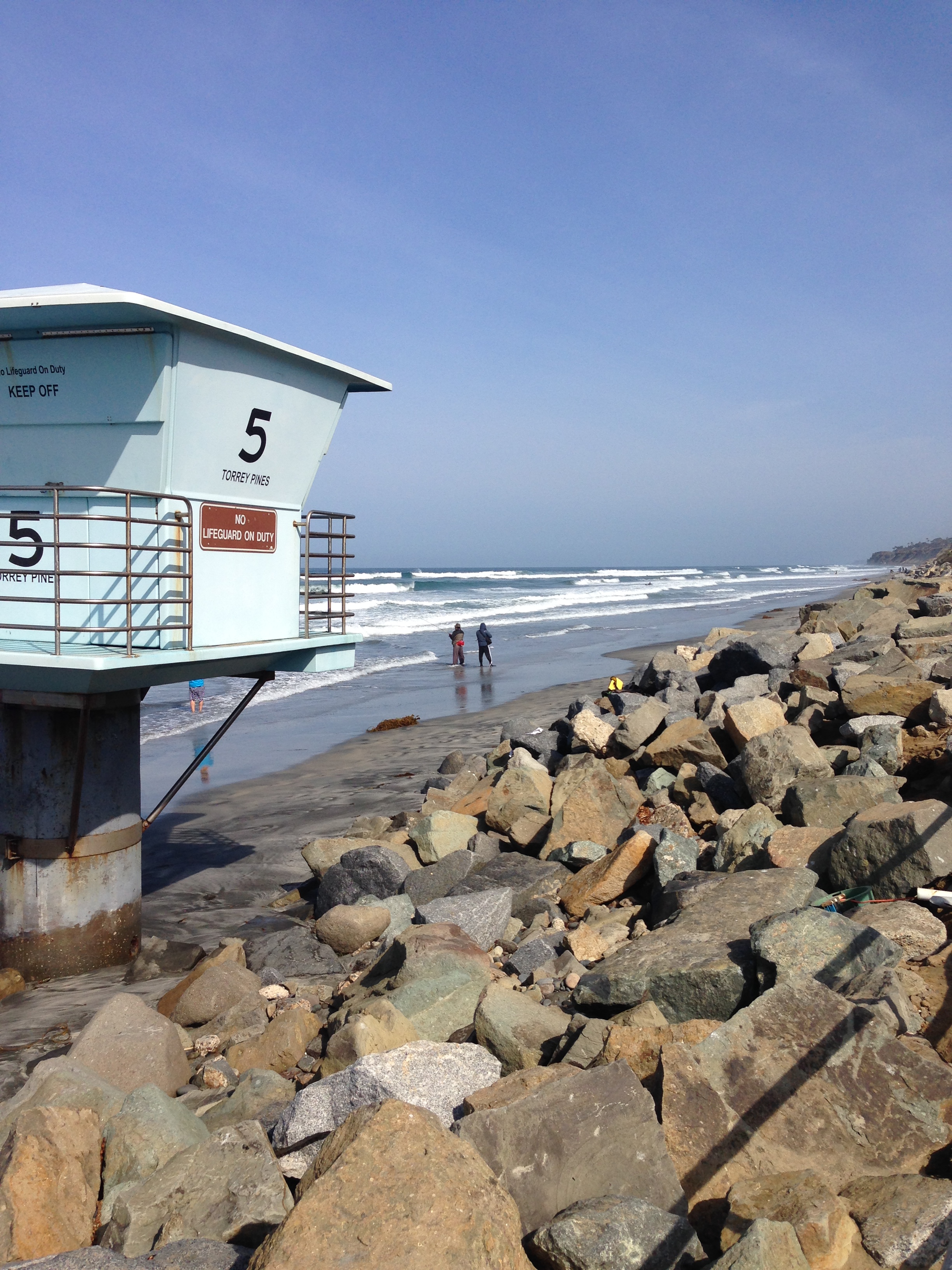
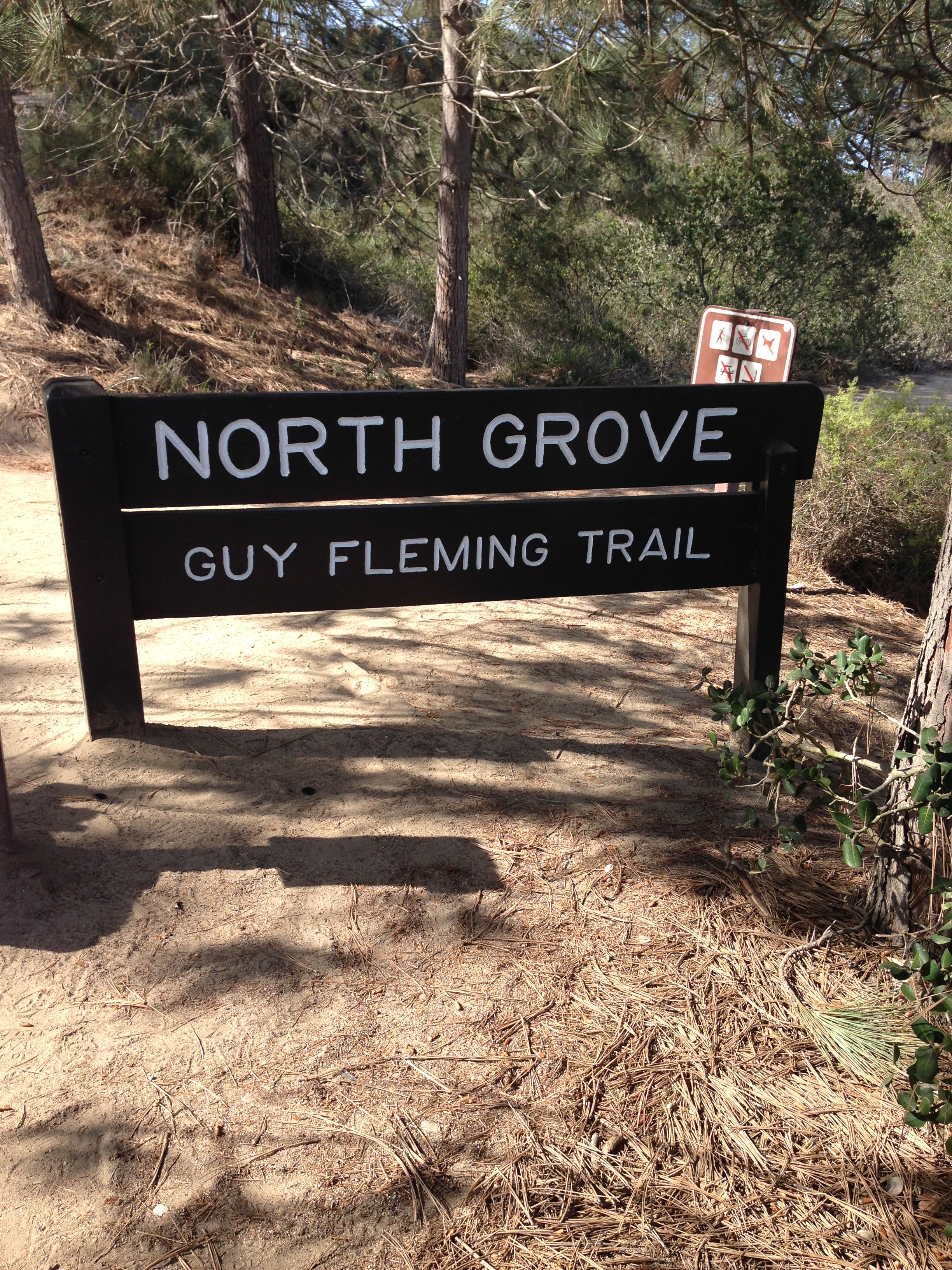
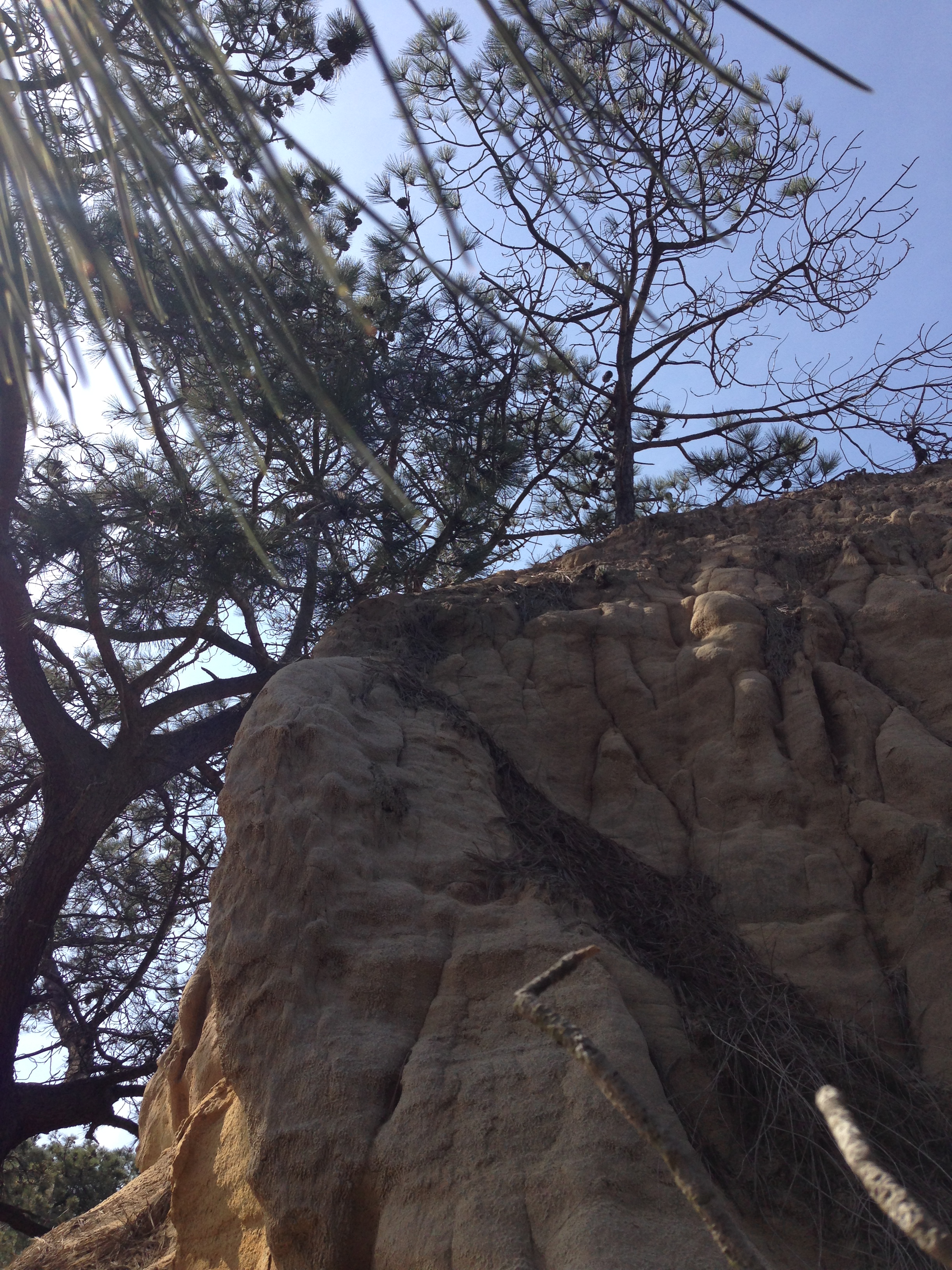

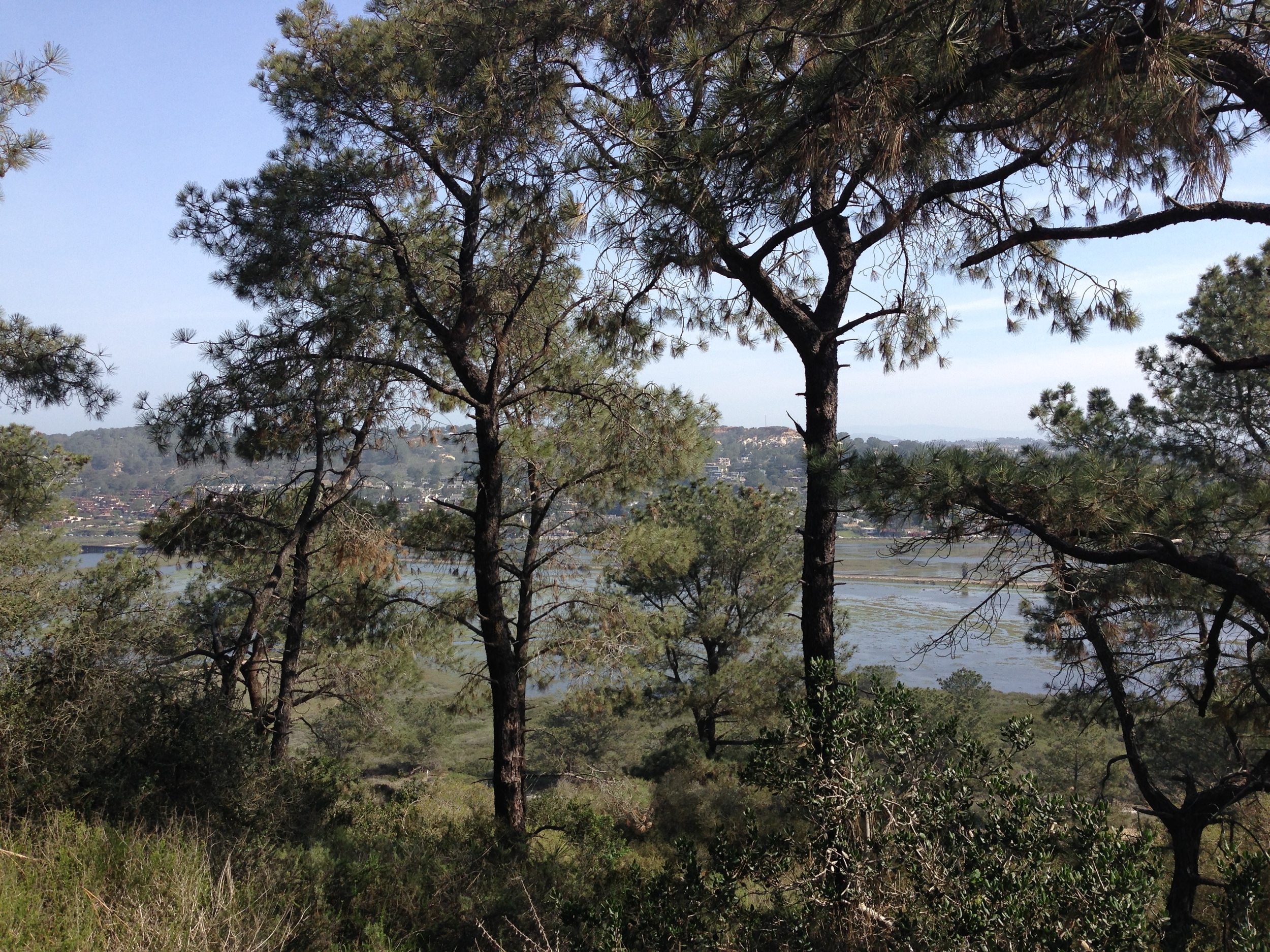
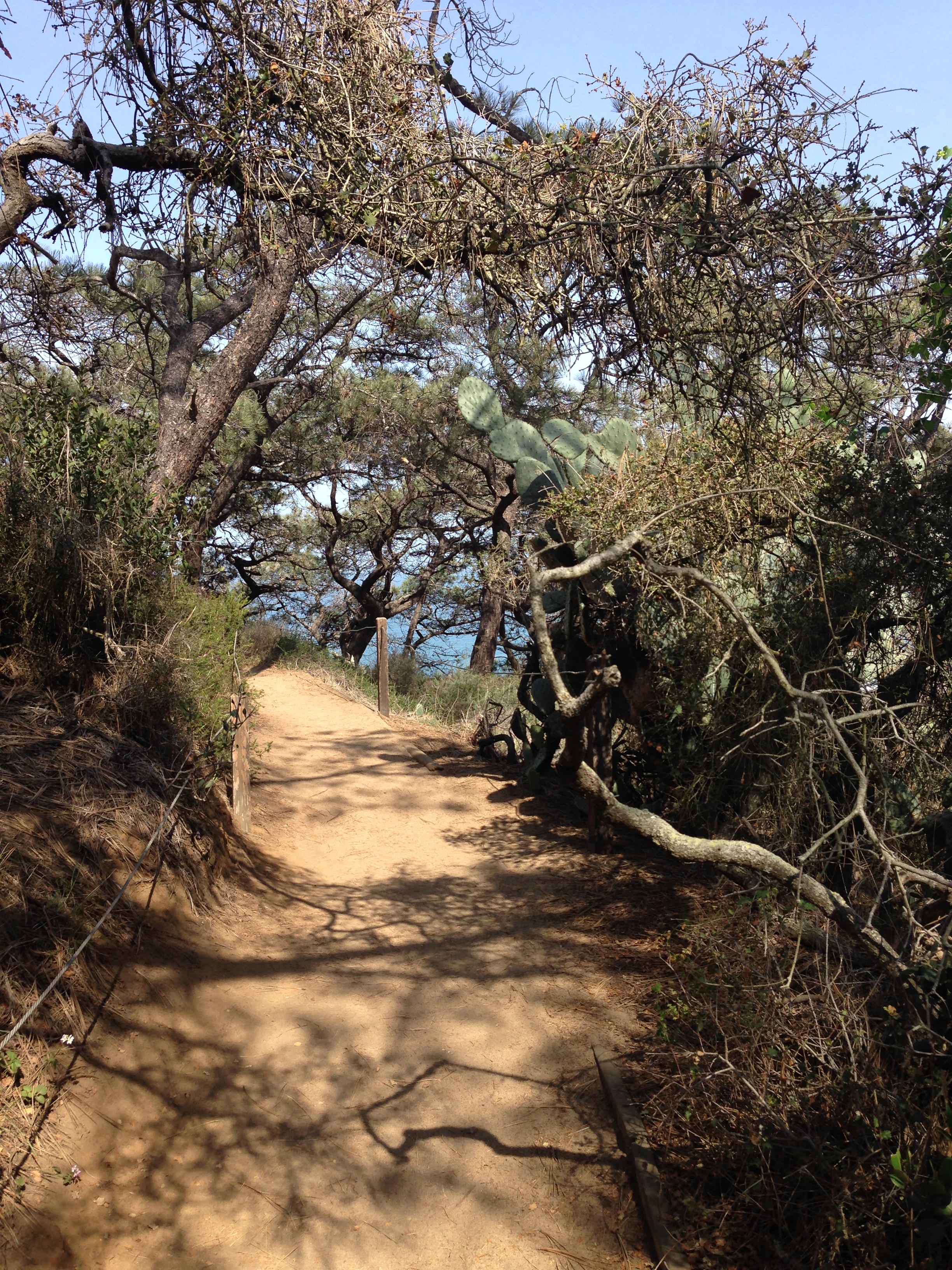
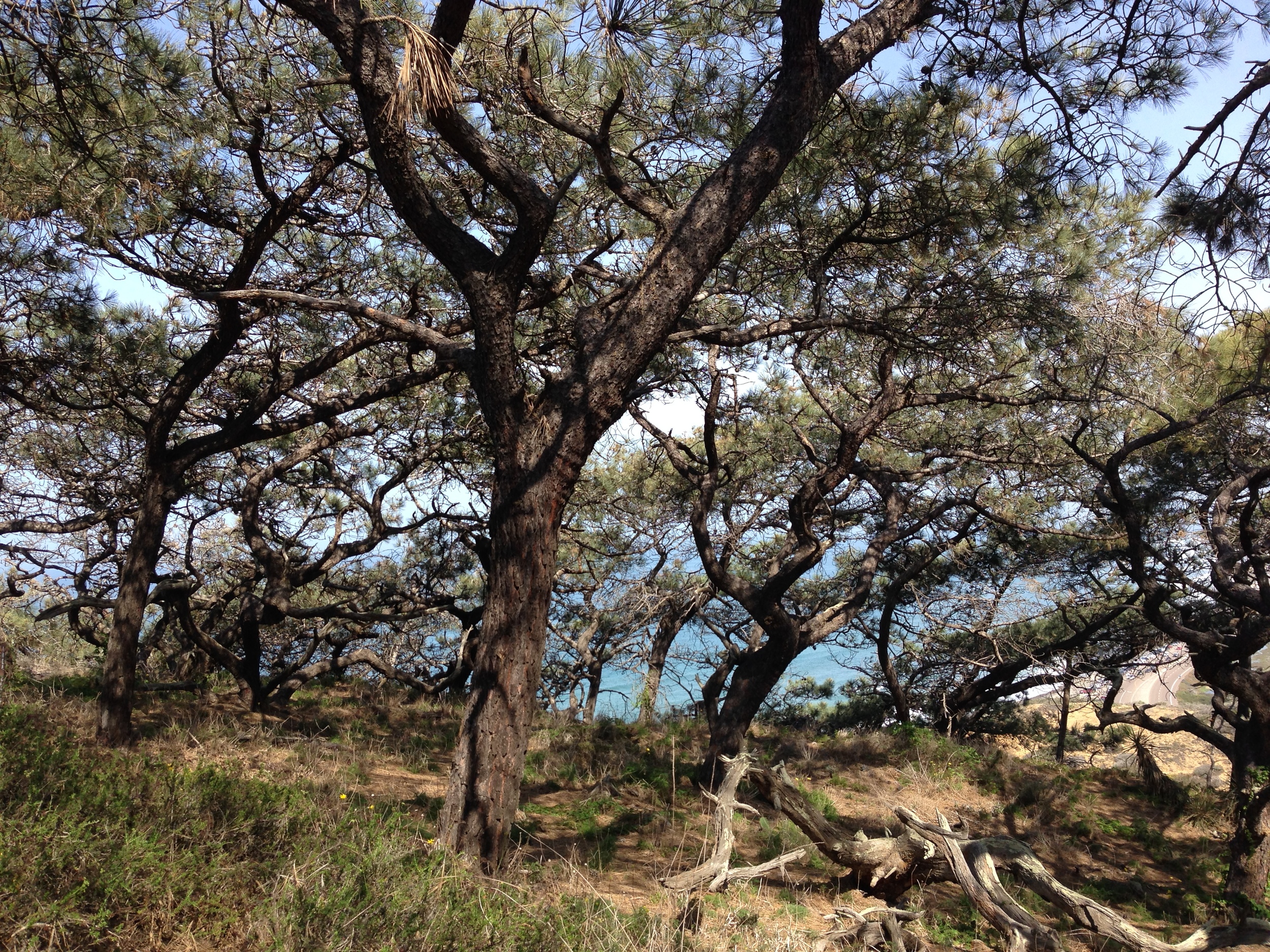

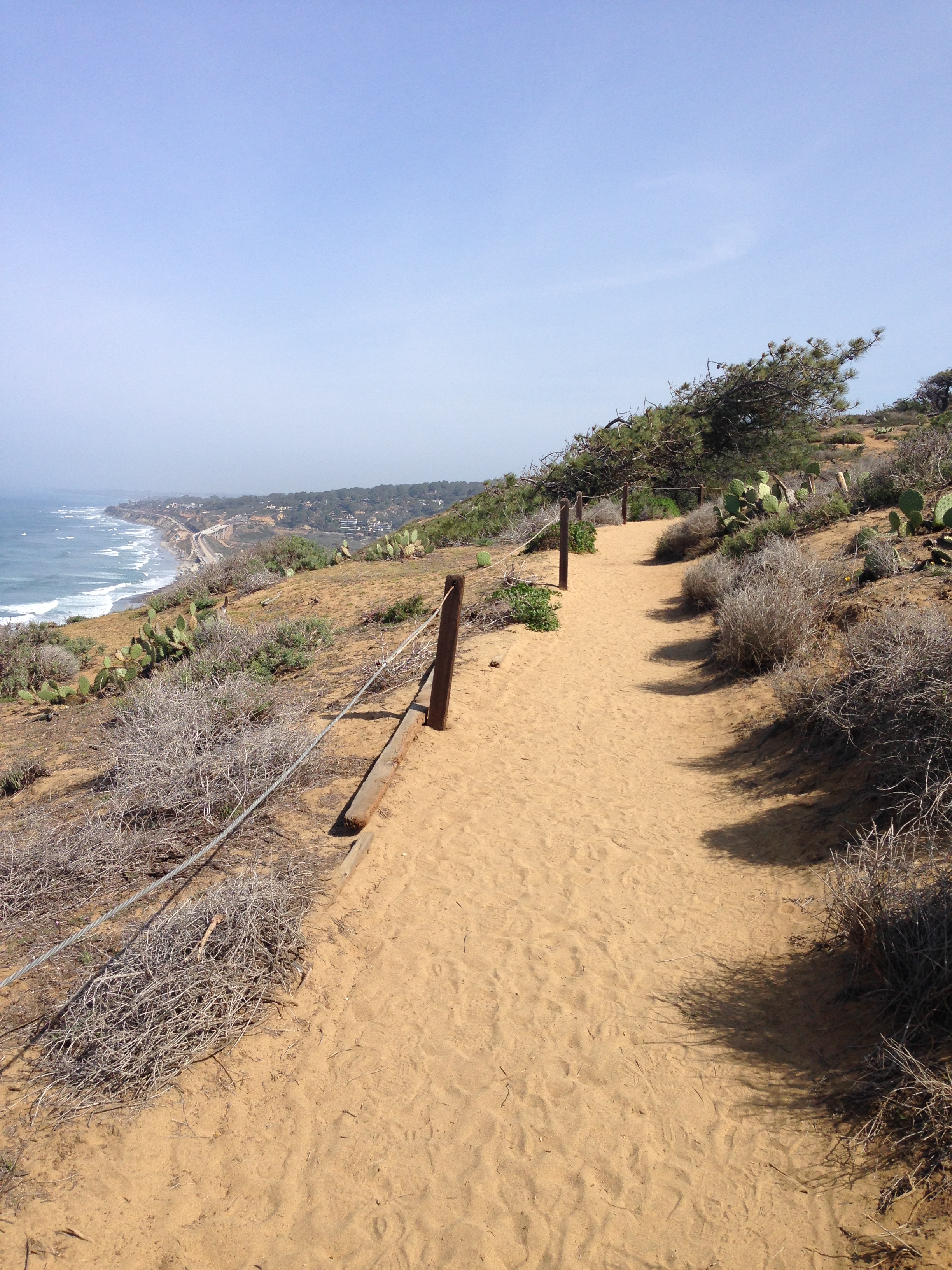
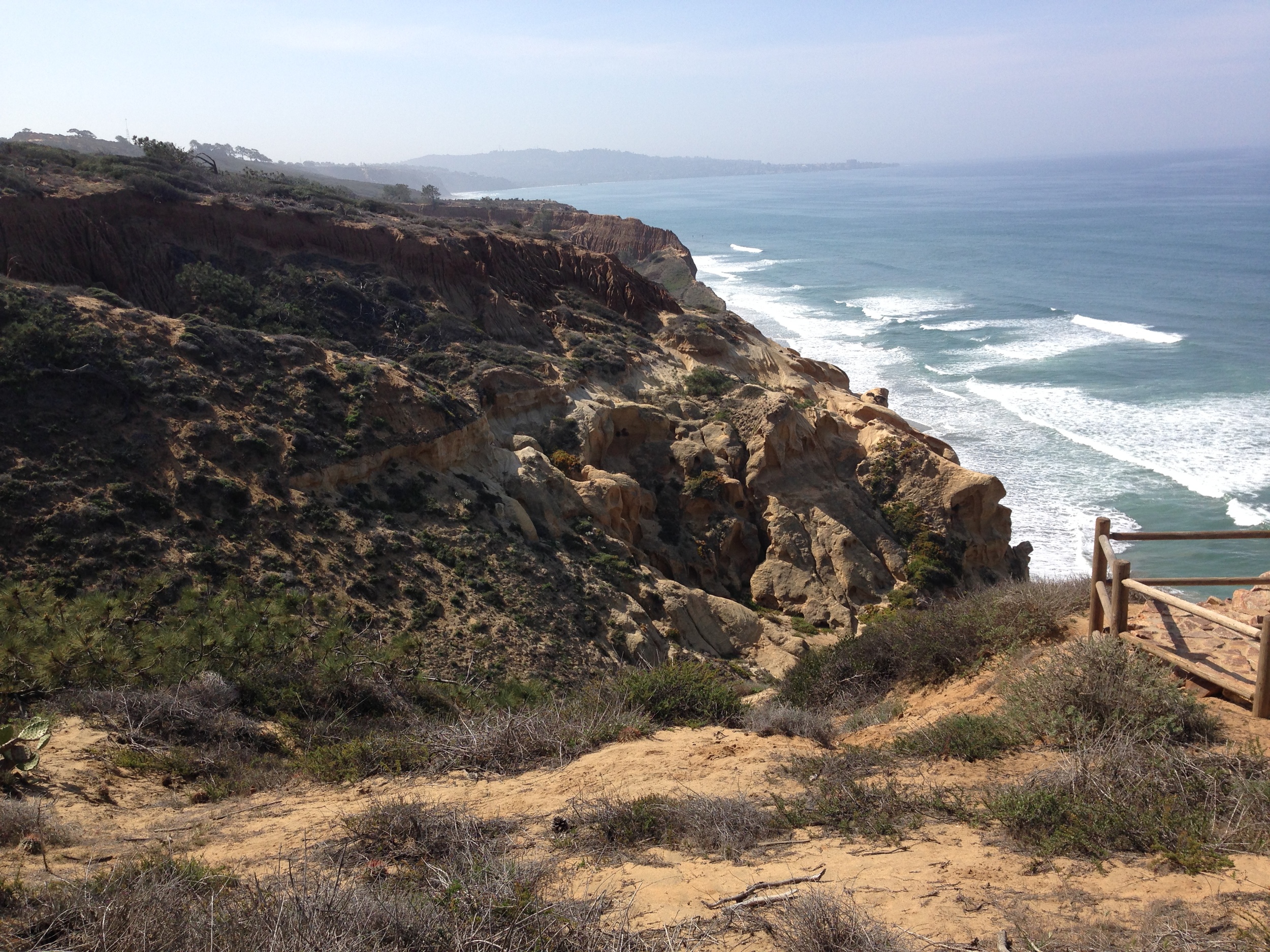
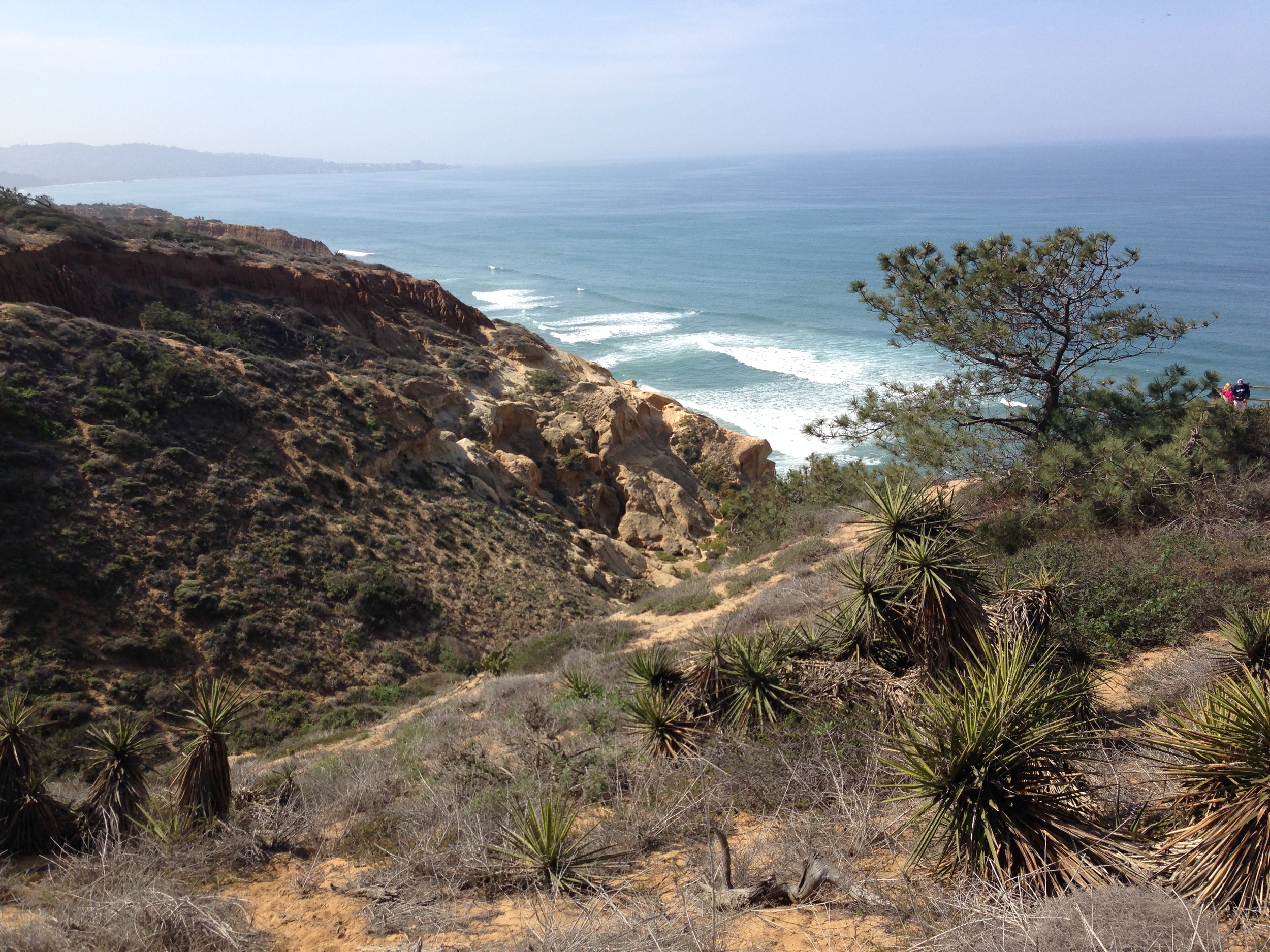
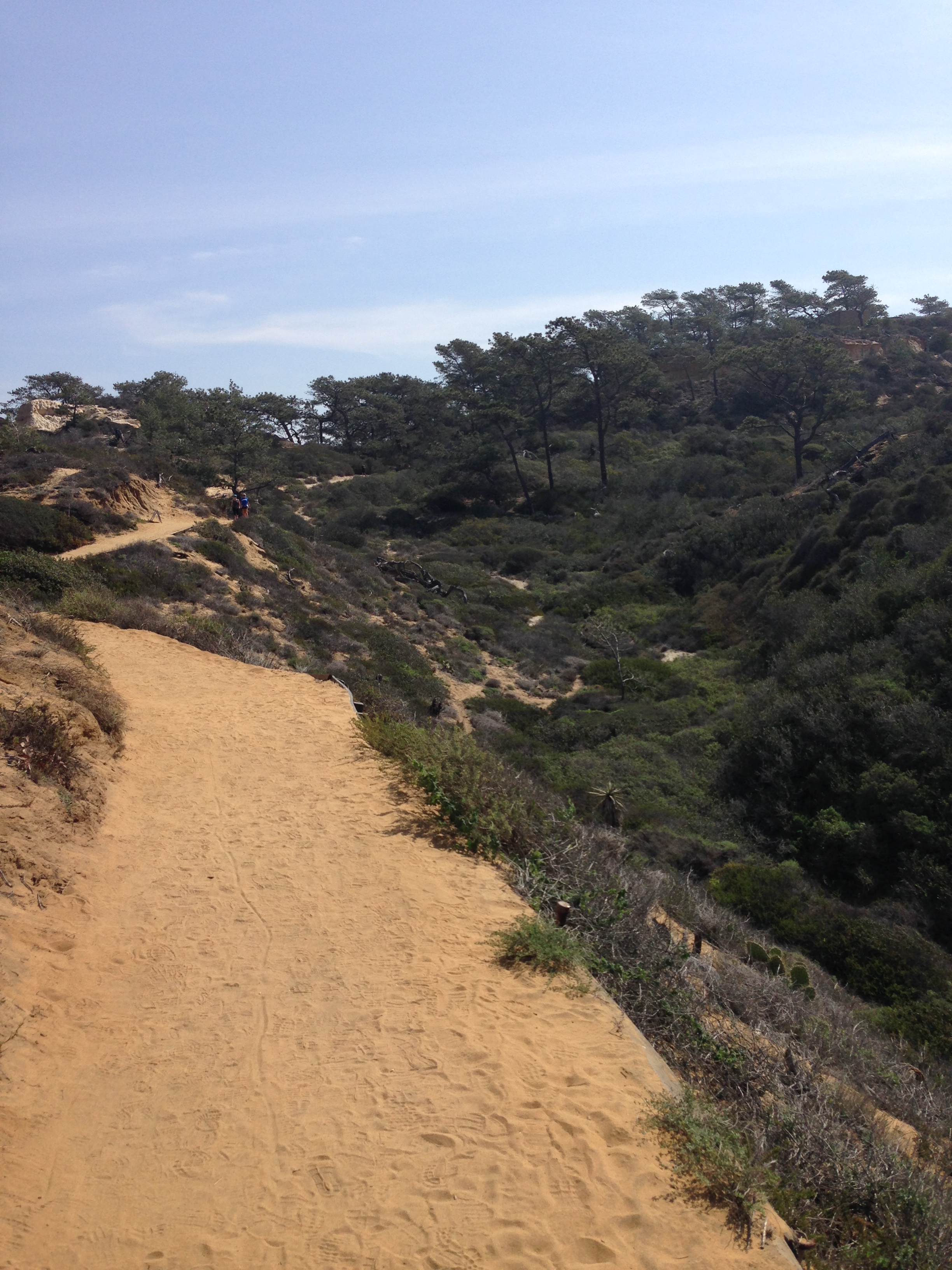
Torrey Pines State Reserve is also home to two of the biggest “secrets” in San Diego. The first of these secrets is not readily apparent, but it is important. The reserve is home to the rarest pine tree in all of North America, and one of the rarest trees on the planet, the pinus torreyana – or, as we Californians call it, the Torrey Pine. The Torrey Pine only grows in and around the confines of the reserve, and on Santa Rosa Island. Since the Channel Islands are a little harder to get to, the easiest way to see this rare tree is to visit the reserve. The second secret is that San Diego had its own John Muir in the early twentieth century, and that person was Guy Fleming. Guy Fleming was a man who did many things, but most notably, he protected the Torrey Pines for future generations. Back before the area was a State Park, it was privately owned, and Fleming was the man who was tasked with protecting it with no gun – and no badge to back him up. That he succeeded, and eventually managed the newly created park was truly a feat in itself. Today, one of the most scenic trails in the reserve bears his name, and allows visitors to see the rare trees that he protected.
Directions: Torrey Pines State Reserve is located directly off of the Pacific Highway, and the State Park system provides some great directions here to the reserve. As of 2014, there is an entrance fee of $12.00 to enter the reserve.
Popularity: I would be remiss at this point if I did not mention that while Torrey Pines State Reserve is not a household name nation-wide, or world-wide, it is beyond popular in San Diego, and is commonly considered to be a “locals” park in the tradition of Guy Fleming. Why is it so popular? Well, for starters, there are those pristine beaches. Then there are the hiking trails. And did I mention that the park has amazing weather year round? For these reasons, and many more, the park is popular. What does this mean if you are a prospective visitor? It means that if you are planning to visit the park between May through September, there is a high likelihood that the parking areas in the park will be full. As there is limited parking, it is common for this to occur. While there is parking on the coast highway near the reserve, it is also difficult to find a spot, as such spots are directly next to the beach. My suggestion: either plan on being patient, and waiting to find a spot; or be sure to arrive early – when the park opens. Do also note that while the summertime is the most popular time to visit, the park can also become full during weekends and holidays that have excellent weather in the fall and winter.
The Trail: From the park entrance, the Guy Fleming Trail is located half a mile up the park road. This road used to be the route of the old Highway 101, and the hill that ascends into the park used to be known as a real test for automobiles, including the old Model T’s. Today, the road is very popular with people testing their physical fitness, from walkers, joggers, hikers, bikers, and everyone in between; and if you are driving, be sure to proceed with caution. The trailhead for the Guy Fleming Trail does have a parking area next to it; however, this area only has room for eight cars. If the parking area is full, my advice is to park in the main lot by the entrance kiosk, and do as the locals do: walk up the hill to the trailhead for an extra mile of roundtrip hiking distance.
From the trailhead, the trail descends slightly into a forested grove that overlooks the lagoon to the North; and the remainder of the reserve to the South. The trail immediately forks both to the West, and the North. As the trail is a loop, there is no “wrong” way to go – either way will lead you back to the initial grove. Heading to the North, the trail winds around some of the eroded sandstone the park features, and into the main grove of Torrey Pines that you will have either driven past or walked under to get to the Guy Fleming Trail. To the North, you will see the lagoon below, Del Mar, and the pristine beaches of Southern California. Within .1 miles, you will find a small area underneath the trees where a bird bath has been placed; if you are lucky, you will see mammals, as well as birds utilizing it.
My tip? Take a moment at this spot to stop and listen: chances are, no matter how busy the park is, all you will hear is the wind through the trees, the rustling of branches, and the ocean below, and you will get to experience how Southern California has been for thousands of years. From this point, the trail winds through more Torrey Pines, before heading out onto stunning views of the beach below, and the coastline both to the North and South. Along this stretch of trail, there are two viewpoints which provide great spots to watch the scenery, birds, and during migration season, whales. The trail continues back into the grove where the trailhead is, for a roundtrip distance of .7 miles. Overall, this trail is for all ages, and is very accessible as it is very flat. If you cannot find a spot in the Guy Fleming Trailhead parking lot, and walk the road, the roundtrip hiking distance is 1.2 miles; and it is worth noting that many people consider the park access road steep, even though I do not – but don’t say I didn’t warn you! This is a great hike year round, and a great starting point for experiencing San Diego’s wilderness.
